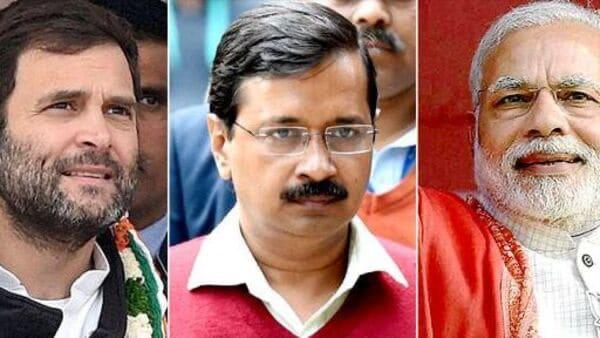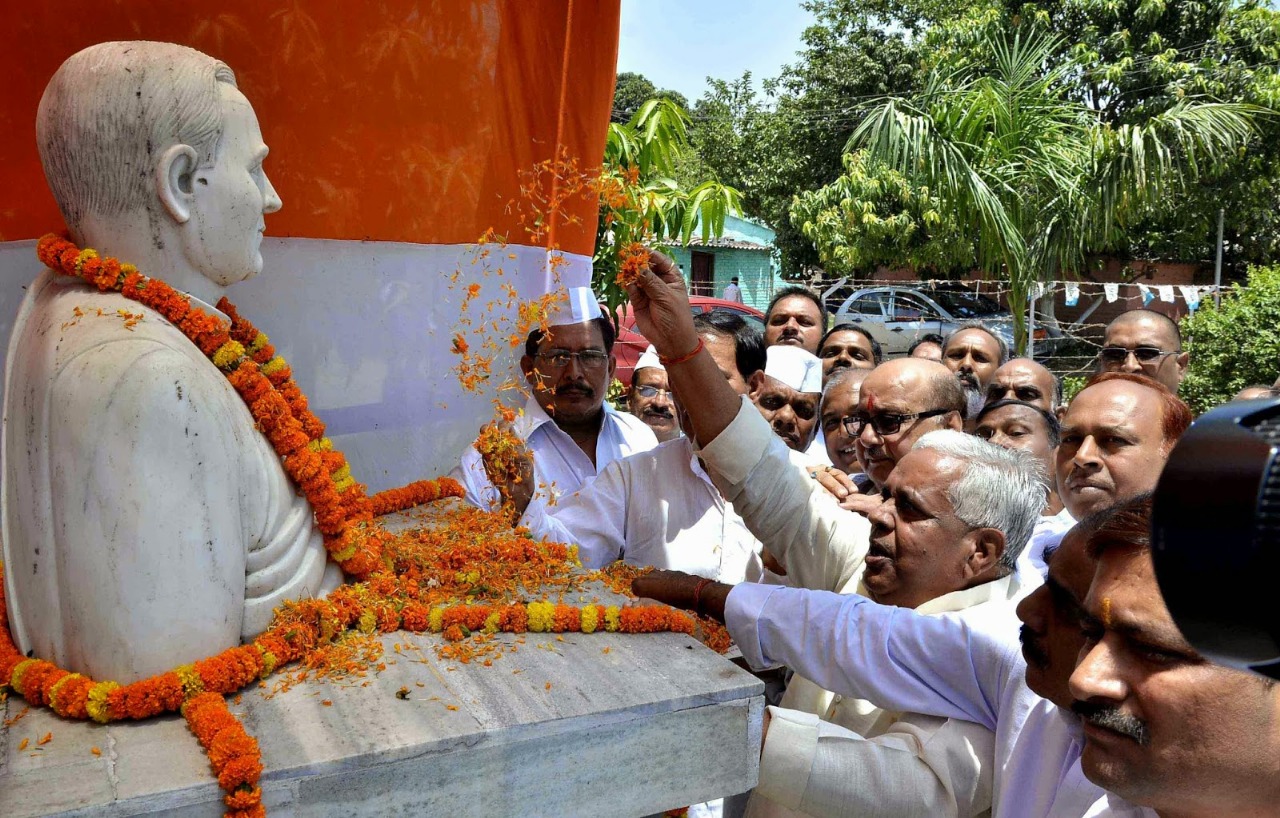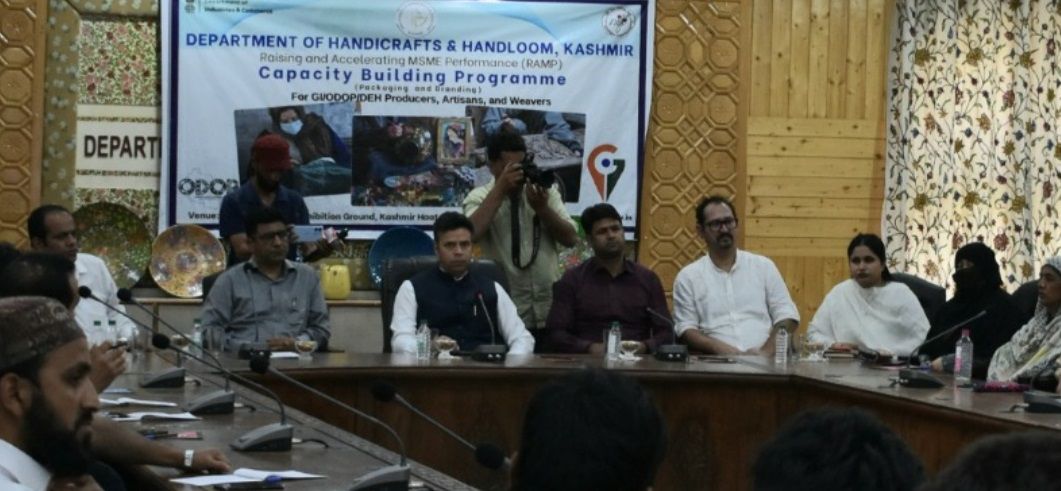 Image Source: Mint
Image Source: Mint
India's student politics is an active battleground, deciding national discourse and future leadership. Three student arms—the NSUI, ABVP, and the newly launched ASAP—control this terrain, with their respective ideologies and strategies.
NSUI (National Students' Union of India):
The student arm of the Indian National Congress, NSUI was launched in 1971 and has over 5.5 million members. NSUI campaigns for causes like cheap education, reservation policies, safety of women, and examination transparency. NSUI has facilitated top-tier movements such as "Hum Badlenge" (campus ambassadors of social justice) and paper leak and hike in fees protests. It has recently won the 2024 Delhi University Students' Union elections and holds the record of leading student movements in India.
ABVP (Akhil Bharatiya Vidyarthi Parishad):
Affiliated to the RSS and BJP, ABVP is a powerful and old student organization. It is rooted in nationalism, cultural values, and educational reform. ABVP is known for its well-knit organizational base, regular protests, and an active student movement in university elections, typically dominating campus policy debates and national agendas.
ASAP (Association of Students for Alternative Politics):
Re-launched recently by the Aam Aadmi Party (AAP) as a replacement for its erstwhile student wing CYSS, ASAP looks forward to presenting an alternative to campus politics. Party leader Arvind Kejriwal, at the launch ceremony in Delhi, extended an invitation to students to experiment with "alternative politics" based on clean governance and anti-corruption. ASAP has a target of 50,000 students from all over the country, focusing on grassroots mobilization and AAP's presence outside Delhi and Punjab. The movement is coming up at a time when AAP is trying to reinvent itself after election setbacks with the hope to rekindle youth participation and upset NSUI and ABVP's stranglehold.
Why Student Wings Matter
Student organizations like NSUI, ABVP, and ASAP are not just college clubs—those are schools for would-be politicians and arenas for social change. Their election politics, protests, and electoral victories often mirror and influence larger political movements, so they become part of India's democratic fabric.
Source: Mint, The Week, Wikipedia
Advertisement
Advertisement





